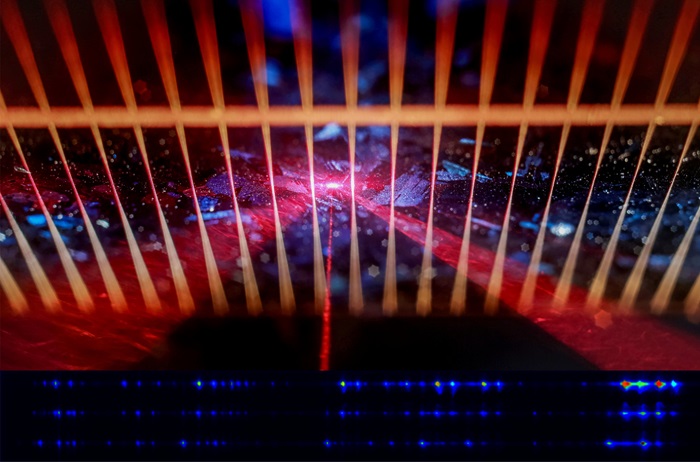IDUN researchers have developed a new method to access advanced microscopy at a lower cost
Researchers from the research center IDUN at the Technical University of Denmark (DTU) have developed a new, unique method for characterizing materials and their properties. The method, which is comparable to far more expensive methods, can be used in a wide range of research areas. The study was recently published in the scientific journal Nature Communications.

Until now, if a company or a researcher wanted to gain insight into how atoms are arranged in a particular material to understand the properties of the material, access to highly specialized and limited-availability instruments such as X-ray or electron microscopes has been required.
With a newly developed method called SAROM, this knowledge about materials and their properties is now cheaper and much more accessible. SAROM was developed by an international research team led by researchers from the Center for Intelligent Drug Delivery and Sensing Using Microcontainers and Nanomechanics (IDUN), supported by the DNRF and the Villum Foundation at the Technical University of Denmark (DTU).
“The results we generate from our Raman microscopy-based technique compares to results that previously could only be obtained with million kroner equipment such as electron and x-ray microscopes,” said researcher Oleksii Ilchenko, who is the inventor of the technique, in a DTU press release.
The method is based on so-called Raman spectroscopy, where light is used to identify and image chemical compositions in, for example, materials. Specifically, several lasers are directed at a sample/material, which dissipates the light, which is then collected at different locations. The information about the scattered light then reveals the crystallographic orientation and composition of the material.
Further information about SAROM and its possibilities can be found in a press release from DTU here
The scientific article can be found at Nature Communications here
